Published: 17 April 2024
Last updated: 18 April 2024
Before preparing to sing the Ma Nishtana, the four ritual questions of the seder night, the youngest child of a Jewish family often has preliminary questions: Do I have to? Why?
It would be somewhat ironic if we were to shut down our children’s questions on why they have to sing the Ma Nishtana or if they must. In fact, it would be plain wrong given that Pesach places questioning front and centre.
The Ma Nishtana is itself a question: ‘Why is this night different from all other nights?’ It ritualises the process of inquiring about the meaning of four key rituals: eating matzah, eating maror (bitter herbs), dipping our food twice and reclining, rather than sitting up straight.
So, it is fitting that children might ask about the ritual of asking.
Children should be encouraged to ask their own questions, in their own language, .
We want to make clear that yes, it is the role of the youngest at the table (who is capable in terms of age and stage) to sing this iconic song but we also want to ensure that our answer gives the ritual meaning for our children.
The Ma Nishtana is among the most beloved of rituals and experiences in the seder, which is itself the most tightly held on to and observed of all Jewish rituals. When the youngest at the table begins - timidly, tentatively, awkwardly or with gusto and exuberance, depending on personality - it is a peak moment in the evening. And the seder has only just begun.
Why is the Ma Nishtana so important and how did it fall on the shoulders of the youngest at the table? To understand its significance, we must understand the meaning of Pesach itself. At its most basic level, the festival celebrates the exodus of the people of Israel from slavery in Egypt to liberation and redemption
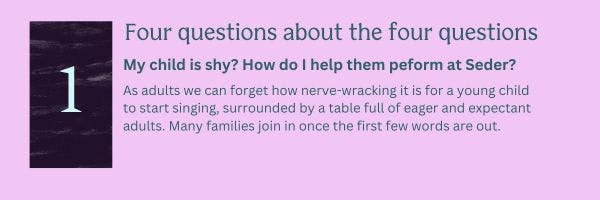
But it’s so much more than that. Seder enables Jewish history to be experienced in the present tense, not past, individually as well as collectively. Time collapses: this is just as much my story and our story as it is our ancestors; memory, history and lived experience become one.
Pesach and more particularly the seder itself, actualise a future that is envisaged before the exodus has even taken place. In the Torah there is a passage that reads ‘And when your children ask you, “What do you mean by this rite?” you shall say, “It is the Passover sacrifice to Adonai, because God passed over the houses of the Israelites in Egypt”’ (Shemot/Exodus 12:26-27).
In this passage, the Torah is prefiguring the time following liberation when families celebrate Pesach in the land of Israel by bringing the Paschal sacrifice, as commanded, and their children rightly wonder and ask about the strange goings-on.
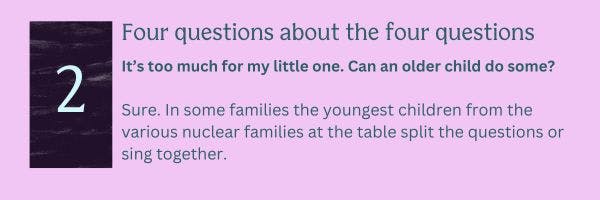
It is interesting that parents are specifically instructed to answer children’s questions, rather than the Torah stipulating that parents pre-emptively teach their children so that they have no need to ask.
Here we have an ancient insight that is powerfully relevant: children will learn and absorb much more effectively and meaningfully if they are engaged. Curiosity is recognised as a powerful lever of learning. Positioning children to be active constructors of knowledge, rather than passive recipients, is a mainstay of contemporary pedagogy.
Rabbi Lord Jonathan Sacks highlights Judaism’s recognition of this centuries ago in his commentary on the Haggadah: ‘The Torah has two words for inheritance, yerushah and nachalah, and they represent the two different ways in which a heritage is passed on across the generations. The word nachalah comes from the root nachal, which also means ‘river’. It represents an inheritance that is merely handed down, without any work on the part of the recipient, as water flows in a river. Yerushah, by contrast, means active inheritance.’
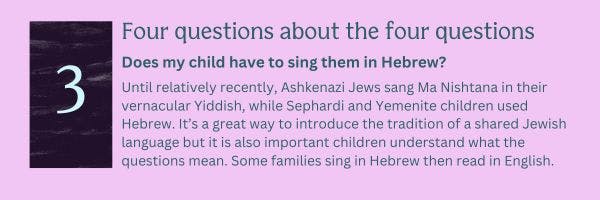
When children learn the Ma Nishtana, when they practise, when they raise their voices at the seder, they are involved in yerushah. They have ‘skin in the game’, they are invested and interested (at least for a while), awake and alert. The crucial task of storytelling and transmission from one generation to the next can now take place. Their attention may wander but there will be food, hunting for the afikoman and songs to provide other calls to action.
There is a strength in custom, in children taking their place and repeating words that have been articulated generation after generation.
We might rightly wonder why, if we are trying to engage children and foster curiosity, are we having children sing fixed questions in a fixed tune? Would it not be more authentic to the spirit of the seder to have them ask their own questions, rather than those that were spelled out in the Mishnah many centuries ago?
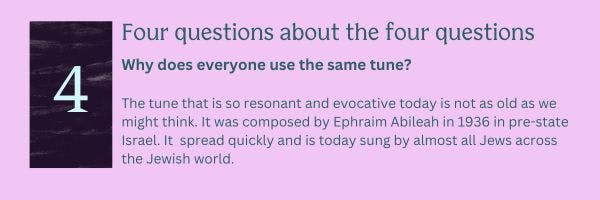
These are good questions! The answer lies in affirming both. Children should be encouraged to ask their own questions, in their own language, and many families introduce elements in their seder to make it different each year, such as special themes, additional items on the seder plate, role plays and activities to stimulate new questions.
At the same time, in addition to religious commitments, there is a strength in custom, in children taking their place and repeating words that have been articulated generation after generation. Culture is a tenuous thing, a sense of peoplehood remote and abstract, yet here we are, year after year, transforming story into lived experience.
Let’s have our youngsters raise their voices in joy, in confidence, in pride as they take their places as the questioners of the next generation.
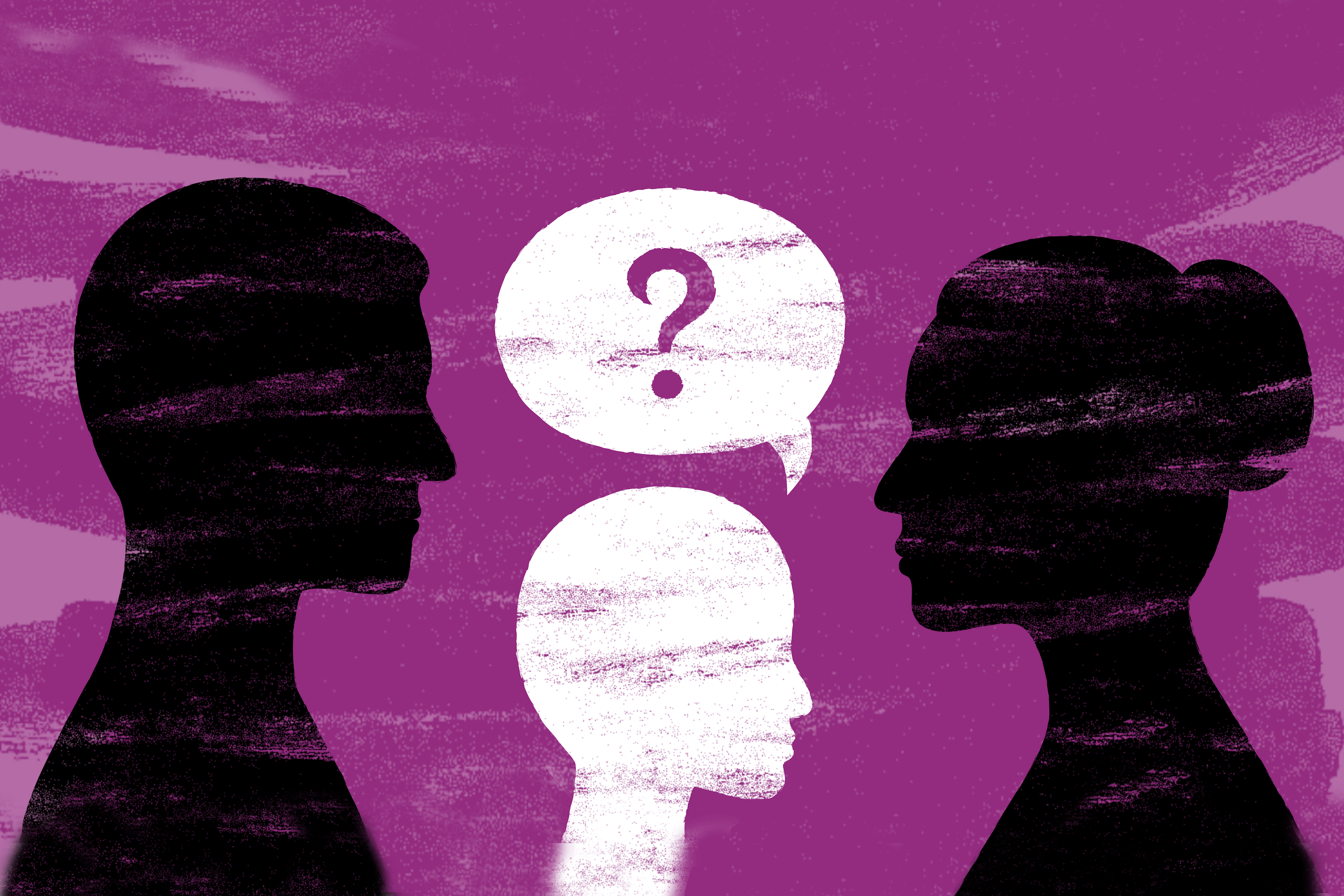
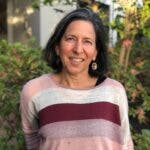

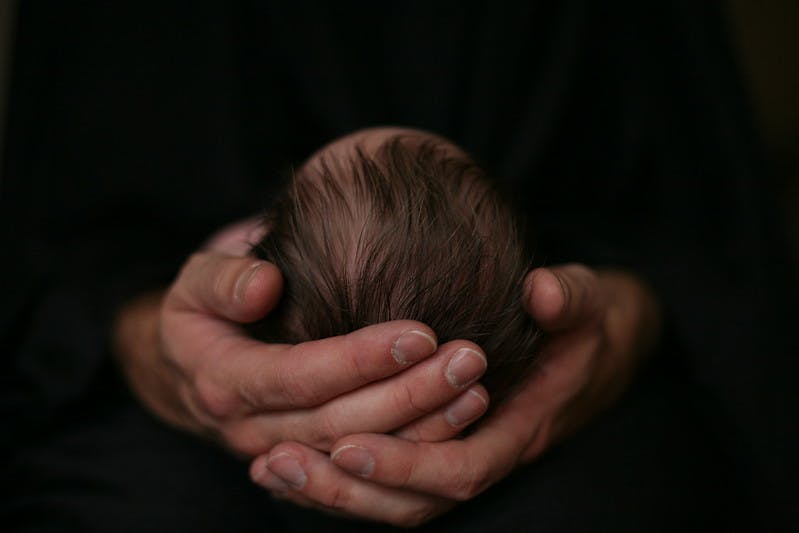
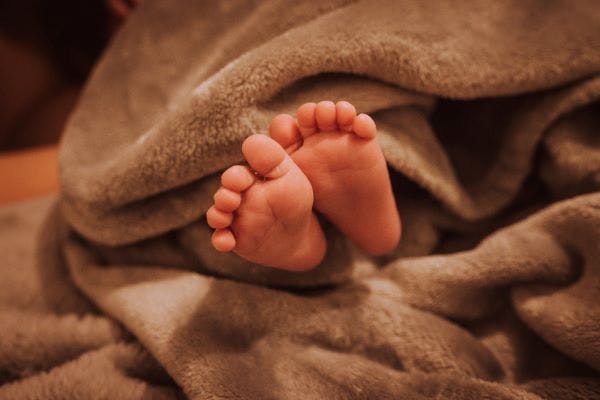
Comments
No comments on this article yet. Be the first to add your thoughts.